Shipping is temporarily suspended until Monday, July 7th to protect plant health. Click here to learn more.
Shipping is temporarily suspended until Monday, July 7th to protect plant health. Click here to learn more.
| Size | |
|---|---|
| Type | |
| Family | |
| Native? | |
| Zone | 3, 4, 5, 6, 7, 8 |
| Height Range (ft.) | 2.00 to 6.00 |
| Spread (ft.) | 1.00 to 2.50 |
| Bloom Time | |
| Bloom Description | Purplish-Blue |
| Sun | |
| Water | |
| Maintenance | |
| Suggested Use | |
| Tolerate | |
| Growth Rate | |
| Attracts |
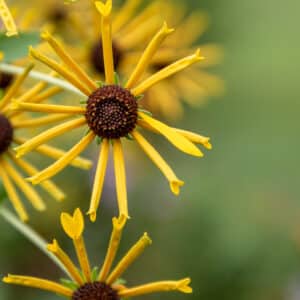
Verbena hastata – Blue Vervain is a native perennial with tall spikes of blue-purple blooms that thrive in sunny, moist soils. Perfect for rain gardens, pollinator habitats, or wildflower meadows, it attracts bees, butterflies, and birds while requiring minimal care.
$12.99 – $149.99
Please note: Sizes 1.5 Gallon and up can’t be shipped outside the counties of Nassau, Suffolk, and Queens.
Learn more about how the process works and how our plants are delivered.
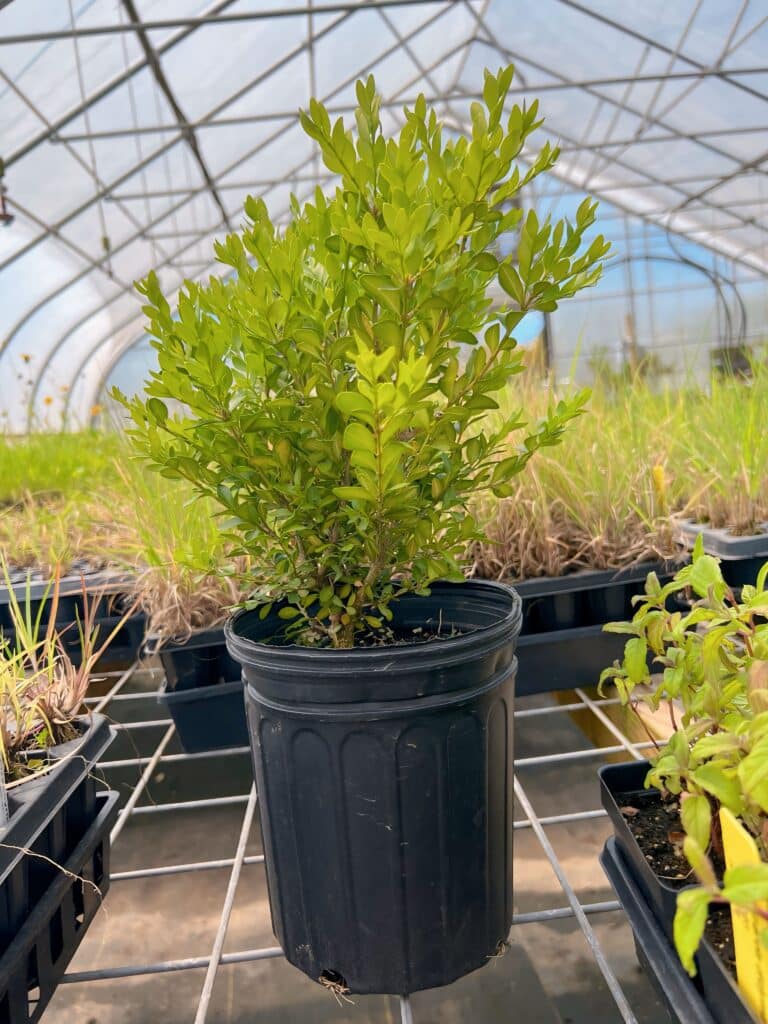
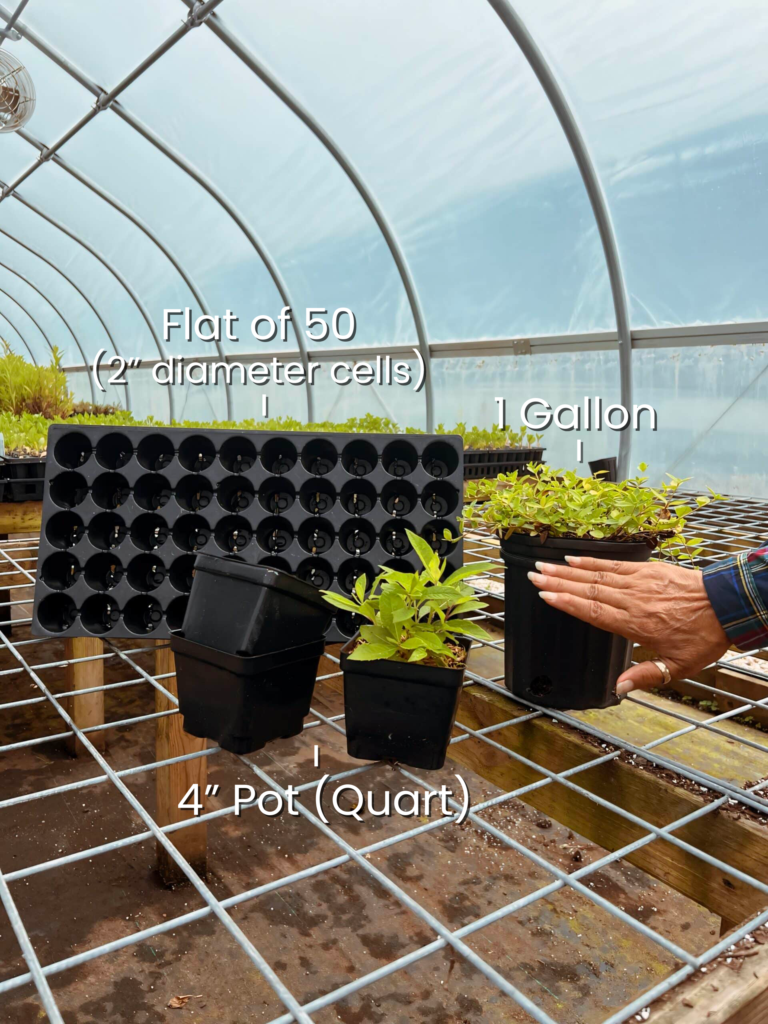
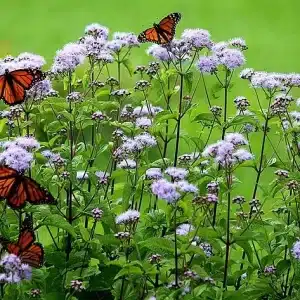
| Size | |
|---|---|
| Type | |
| Family | |
| Native? | |
| Zone | 3, 4, 5, 6, 7, 8 |
| Height Range (ft.) | 2.00 to 6.00 |
| Spread (ft.) | 1.00 to 2.50 |
| Bloom Time | |
| Bloom Description | Purplish-Blue |
| Sun | |
| Water | |
| Maintenance | |
| Suggested Use | |
| Tolerate | |
| Growth Rate | |
| Attracts |
Add striking vertical interest and vibrant color to your garden with Verbena hastata, commonly known as Blue Vervain. This elegant native perennial produces tall spikes of small, vibrant blue-purple flowers that bloom from midsummer through early fall. Its upright, clump-forming habit and delicate blooms make it a stunning addition to wildflower meadows, pollinator gardens, or rain gardens. Blue Vervain thrives in moist soils and sunny to partially shaded locations, attracting bees, butterflies, and hummingbirds, while its seeds provide a valuable food source for birds in the fall.
Blue Vervain is perfect for adding height, texture, and late-season blooms to sunny borders, pollinator gardens, or naturalized plantings. Pair it with other moisture-loving natives like Swamp Milkweed, Cardinal Flower, or Joe Pye Weed for a vibrant and biodiverse display. Its vertical flower spikes also make it a fantastic backdrop for shorter perennials or ornamental grasses, while its adaptability to wet soils makes it ideal for rain gardens or water features.
Verbena hastata plays a vital role in supporting pollinators by providing nectar and pollen during late summer and early fall. Its seeds are an important food source for birds, while its ability to stabilize soil in wet areas helps improve water retention and reduce erosion, making it a sustainable and eco-friendly addition to your garden.
Enhance your garden with the vibrant beauty and ecological value of Verbena hastata – Blue Vervain. This resilient native perennial adds height, color, and wildlife activity to any outdoor space.
/5
Total reviews
|
|
Persons recommended this product
Anonymous
Shopper
check_circle Verified
Shop owner replied
Was this helpful
Anonymous
Shopper
check_circle Verified
Shop owner replied
Was this helpful
Your feedback helps us improve our service.
There are no reviews yet.
Be the first to review “ ”
Please log in to submit a review.
Only logged in customers who have purchased this product may leave a review
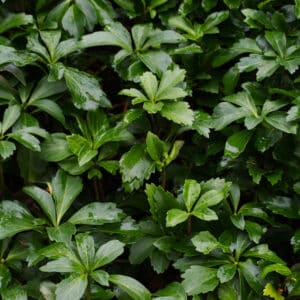
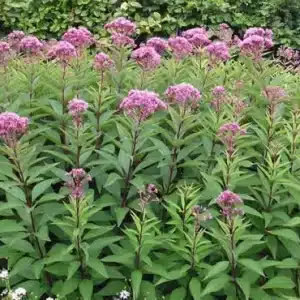
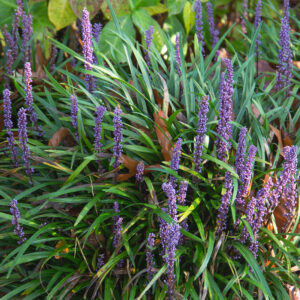
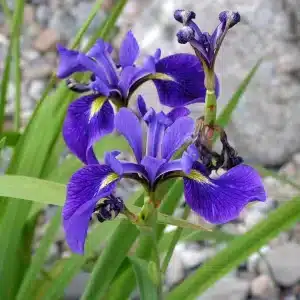
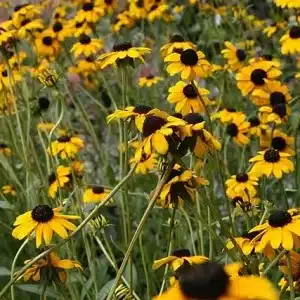
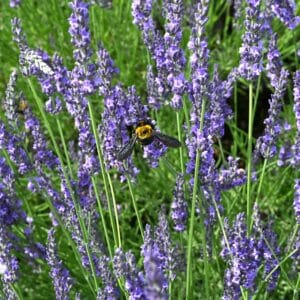
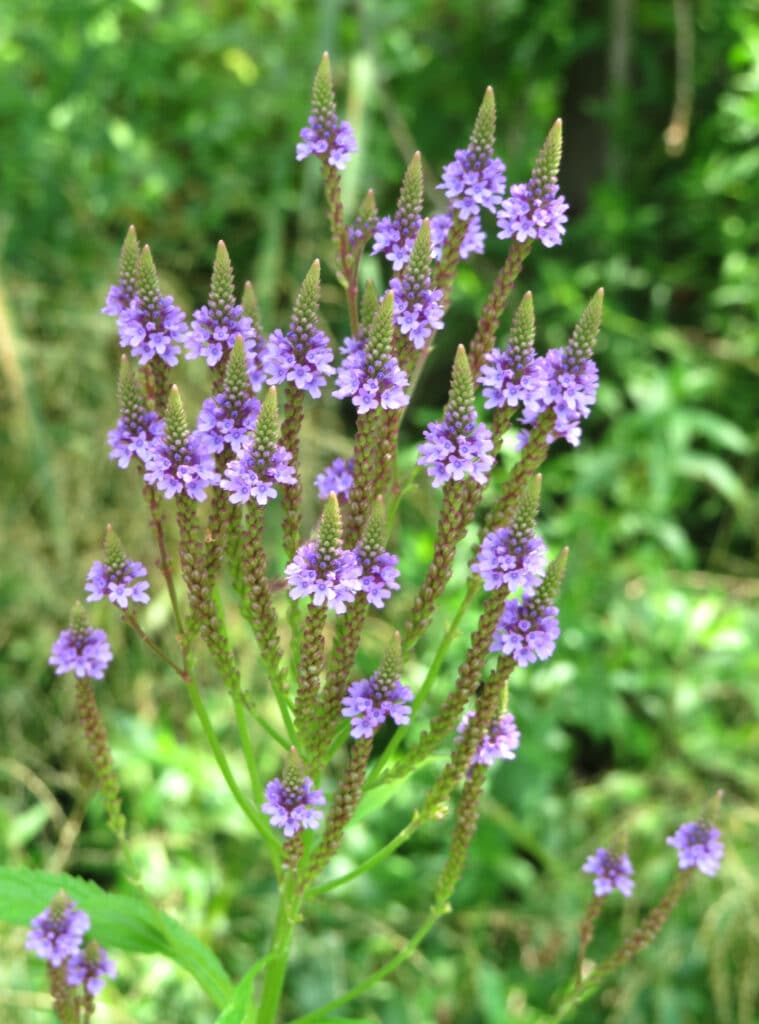
Blue Vervain grows best in full sun to partial sun and thrives in moist to wet soils. It naturally occurs along streambanks, wet meadows, and low-lying fields. While it appreciates moisture, it can tolerate some short dry spells once fully established.
Blue Vervain is a tall, upright native wildflower that can reach 4–6 feet tall and 2–3 feet wide. It forms narrow, vertical spikes of vibrant bluish-purple flowers that create a striking vertical element in garden designs and naturalized areas.
Yes! Blue Vervain is a pollinator powerhouse. Its tiny, clustered blooms attract bees, butterflies, and other beneficial insects. It also provides a nectar source for specialized pollinators and seeds for certain species of birds later in the season.
Blue Vervain blooms from mid to late summer, usually from July through September. Its small flowers open a few at a time from the bottom to the top of the spike, providing an extended period of visual interest and pollinator activity.
Yes, Blue Vervain is generally considered deer-resistant. Its tough stems and slightly bitter foliage are usually unpalatable to deer, making it a reliable choice for gardens where browsing pressure is a concern.
Our gift cards make it easy to share the beauty of plants, flowers, and all things green. Whether for a special occasion or just because, give the gift of choice and let them select their favorites to create a garden they’ll cherish.
BUYING HIGH QUALITY PLANTS HAS NEVER BEEN EASIER
Our plants are easy to order, plant, and enjoy! Bringing pollinators to your property improves vegetable yields – Feed the bees!
Sign up for our email list!
Copyright © 2025 Bumbee’s | Web design and SEO by Searles Graphics
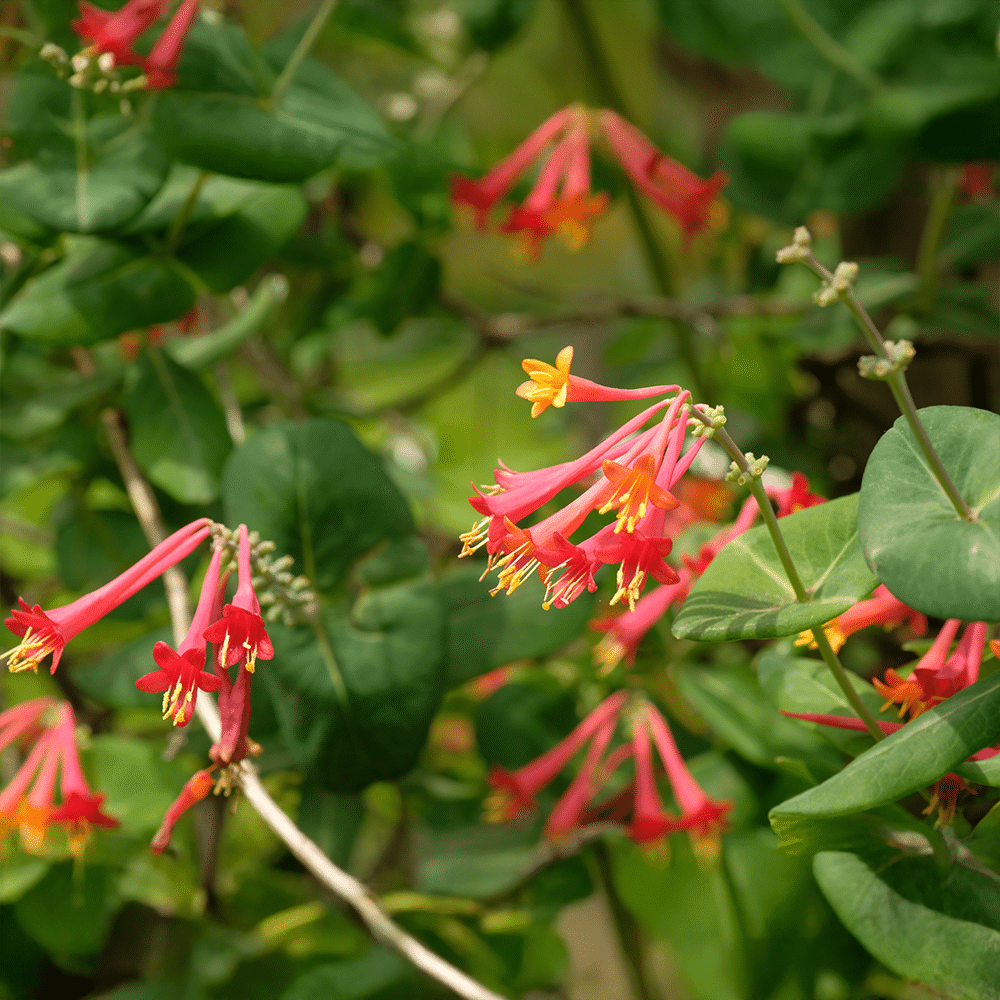
We truly hate to pause things, but with the extreme heat and the holiday weekend, we’ve had to suspend all shipping until Monday, July 7th.
Right now, it’s just too hot for the plants to survive more than 48 hours in a shipping box, and we’d never want to send them out in conditions that could harm them.
We’re really sorry for the delay and any inconvenience this may cause. Thank you for your patience and for caring as much about these plants as we do.